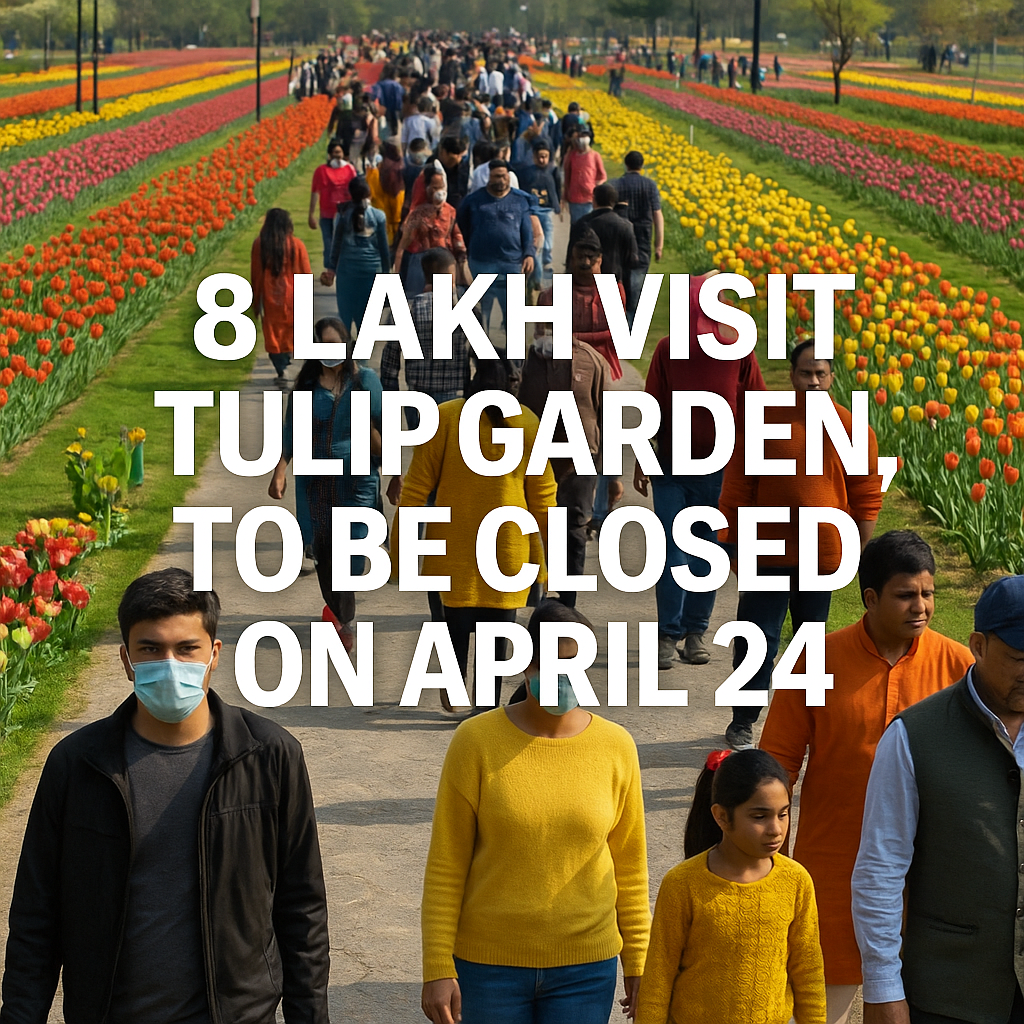In yet another heartbreaking chapter of this year’s monsoon season, over 20 more lives have been lost across Pakistan due to heavy rains, swelling the season’s death toll to nearly 750.
Over the past week, relentless downpours have battered the country, unleashing floods and landslides that have swallowed homes, displaced families, and devastated entire communities. What were once bustling villages are now submerged in water and despair.
The National Disaster Management Authority (NDMA) reported today that 10 people died in Karachi alone, the country’s financial hub, after the city was struck by severe urban flooding. In many areas, fragile homes collapsed, and tragically, some lives were lost to electrocution — a chilling reminder of the poor infrastructure and dangerous living conditions many face.
In the mountainous region of Gilgit-Baltistan, 11 more lives were claimed by the brutal forces of nature. Meanwhile, in Khyber Pakhtunkhwa, the toll has risen to more than 400 deaths since just last Thursday — highlighting how the northwestern provinces have borne the brunt of the devastation.
These are not just numbers — each victim had a name, a family, a story. Behind every collapsed home is a shattered life, behind every washed-away road is a family cut off from safety.
The monsoon season, which usually spans from June to September, brings annual risks — but what Pakistan is experiencing now is far from ordinary. Climate change is making these seasonal patterns deadlier, with more intense rainfall and widespread destruction. In 2022, monsoon floods submerged a third of the country and claimed around 1,700 lives. Sadly, the lessons of that disaster remain unheeded.
Pakistan is now one of the countries most vulnerable to climate change, and these tragedies are only likely to grow unless urgent action is taken — not just by the government, but by the global community. The human cost is simply too high to ignore.




